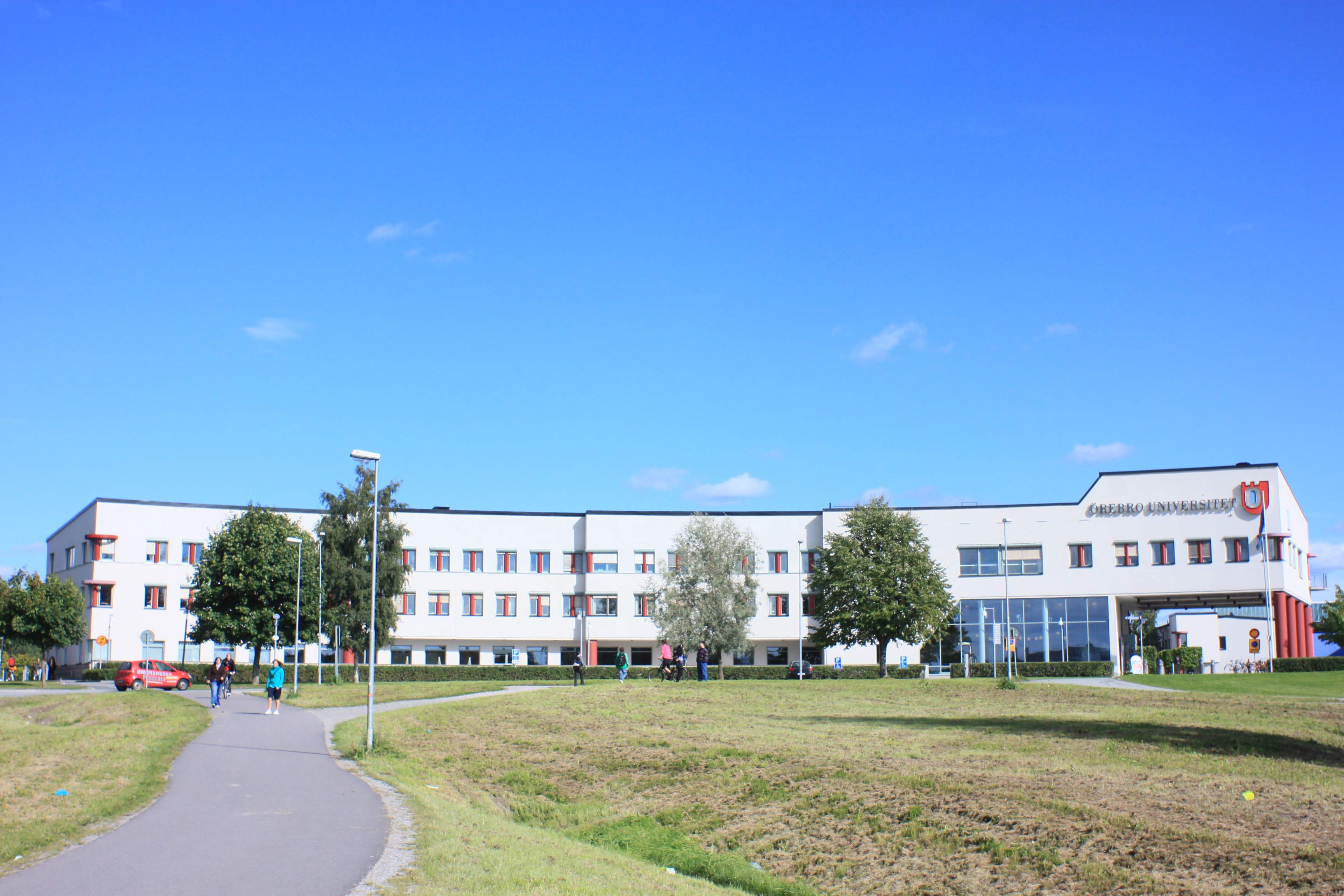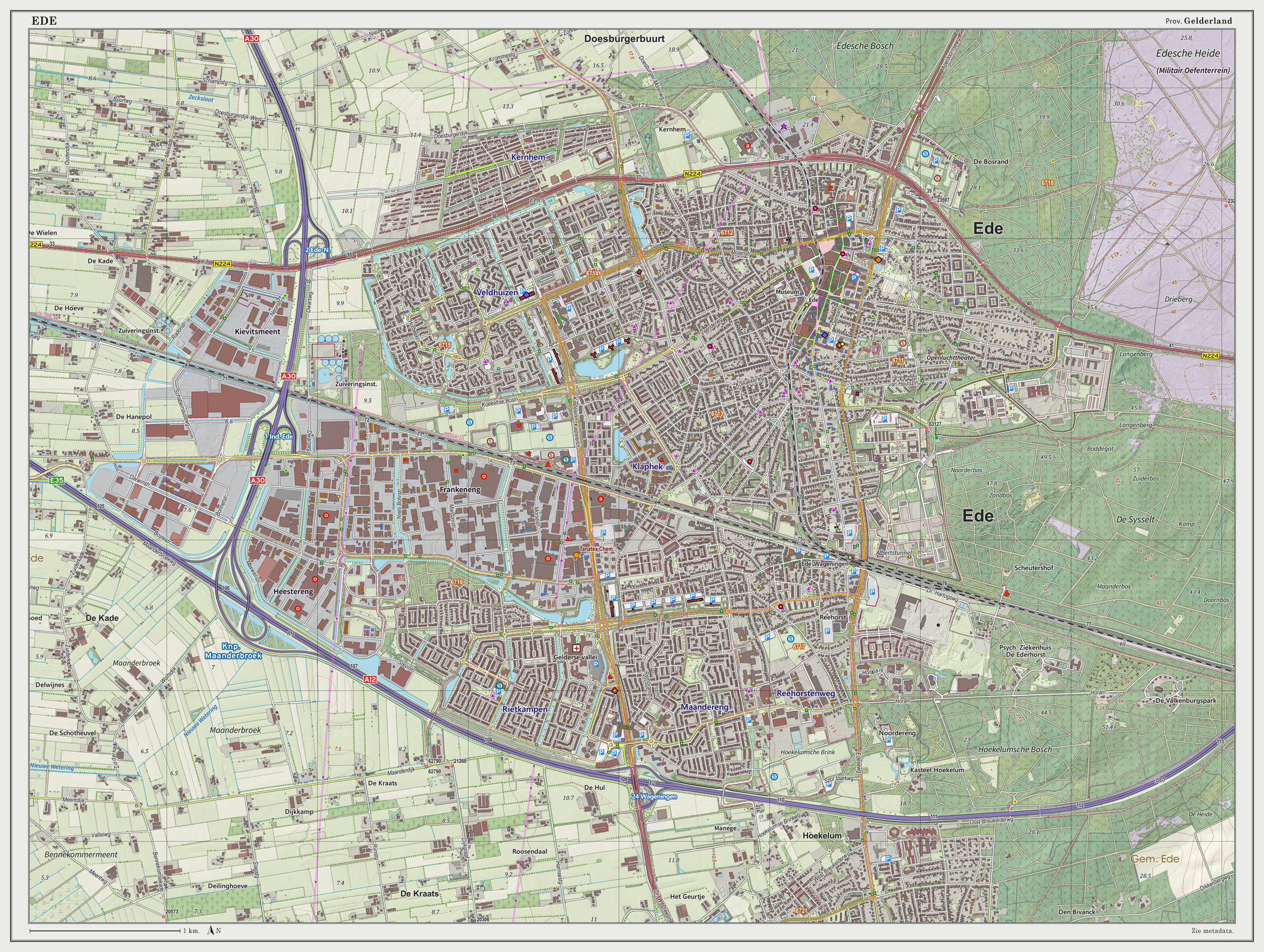|
Stoas Hogeschool
Stoas University of Applied Sciences (Dutch: ''Stoas Hogeschool'') is a Dutch vocational college with the head office in Ede. Stoas University of Applied Sciences is training new teachers, trainers and consultants for agricultural and horticultural education Agriculture or farming is the practice of cultivating plants and livestock. Agriculture was the key development in the rise of sedentary human civilization, whereby farming of domesticated species created food surpluses that enabled people to ... in the Netherlands. This can be for the level ''Middelbaar Beroepsonderwijs'' (vocational education) or for college (secondary education) and adult education (''Beroeps- en Volwasseneneducatie'' in Dutch). Since 2003 there is also an International course with a one-year curriculum. External links *Official website Vocational universities in the Netherlands Agricultural universities and colleges in the Netherlands Buildings and structures in Gelderland Education in No ... [...More Info...] [...Related Items...] OR: [Wikipedia] [Google] [Baidu] |
Vocational College
A university of applied sciences (UAS), nowadays much less commonly called a polytechnic university or vocational university, is an institution of higher education and sometimes research that provides vocational education and grants academic degrees. In some countries, a vocational university more precisely grants professional degrees like professional bachelor's degree, professional master's degree and professional doctorates. The term is not officially used in many countries and an assignment to a certain type of university in a certain country's educational system is therefore difficult. The UK once had a very extensive vocational university sector with its polytechnic system dating back to the mid-19th century. Vocational universities are often regulated and funded differently (for example, by the local government rather than the state) from research-focused universities, and the degrees granted are not necessarily interchangeable. Education The education at vocational uni ... [...More Info...] [...Related Items...] OR: [Wikipedia] [Google] [Baidu] |
Ede, Netherlands
Ede () is a Municipalities of the Netherlands, municipality and a town in the centre of the Netherlands, in the province of Gelderland. Ede had 119,186 inhabitants. Population centres Community: * Bennekom * De Klomp * Deelen * Ede (town) * Ederveen * Harskamp * Hoenderloo * Lunteren * Otterlo (Kröller-Müller Museum) * Wekerom The village of Ede Location The village itself is situated halfway between the larger cities of Arnhem and Utrecht (city), Utrecht, with direct rail and road connections to both cities. There are no connections to any water nearby; however, there also is a direct road connection to the city of Wageningen which hosts a small industrial port on the river Rijn and a direct road and rail connection to the city of Arnhem, which features a larger port at a greater distance. The environment is clean and green due to the fact that Ede is partly built in a forest and partly on the central Dutch plains in the national park called Nationaal Park De Hoge Vel ... [...More Info...] [...Related Items...] OR: [Wikipedia] [Google] [Baidu] |
Agricultural And Horticultural Education
Agriculture or farming is the practice of cultivating plants and livestock. Agriculture was the key development in the rise of sedentary human civilization, whereby farming of domesticated species created food surpluses that enabled people to live in cities. The history of agriculture began thousands of years ago. After gathering wild grains beginning at least 105,000 years ago, nascent farmers began to plant them around 11,500 years ago. Sheep, goats, pigs and cattle were domesticated over 10,000 years ago. Plants were independently cultivated in at least 11 regions of the world. Industrial agriculture based on large-scale monoculture in the twentieth century came to dominate agricultural output, though about 2 billion people still depended on subsistence agriculture. The major agricultural products can be broadly grouped into foods, fibers, fuels, and raw materials (such as rubber). Food classes include cereals (grains), vegetables, fruits, cooking oils, meat, milk, e ... [...More Info...] [...Related Items...] OR: [Wikipedia] [Google] [Baidu] |
Vocational Universities In The Netherlands
A vocation () is an occupation to which a person is especially drawn or for which they are suited, trained or qualified. People can be given information about a new occupation through student orientation. Though now often used in non-religious contexts, the meanings of the term originated in Christianity. Senses Use of the word "vocation" before the sixteenth century referred firstly to the "call" by God to an individual, or calling of all humankind to salvation, particularly in the Vulgate, and more specifically to the "vocation" to the priesthood, or to the religious life, which is still the usual sense in Roman Catholicism. Roman Catholicism recognizes marriage, religious, and ordained life as the three vocations. Martin Luther, followed by John Calvin, placed a particular emphasis on vocations, or divine callings, as potentially including most secular occupations, though this idea was by no means new. Calvinism developed complex ideas about different types of vocations of ... [...More Info...] [...Related Items...] OR: [Wikipedia] [Google] [Baidu] |
Agricultural Universities And Colleges In The Netherlands
Agriculture or farming is the practice of cultivating plants and livestock. Agriculture was the key development in the rise of sedentary human civilization, whereby farming of domesticated species created food surpluses that enabled people to live in cities. The history of agriculture began thousands of years ago. After gathering wild grains beginning at least 105,000 years ago, nascent farmers began to plant them around 11,500 years ago. Sheep, goats, pigs and cattle were domesticated over 10,000 years ago. Plants were independently cultivated in at least 11 regions of the world. Industrial agriculture based on large-scale monoculture in the twentieth century came to dominate agricultural output, though about 2 billion people still depended on subsistence agriculture. The major agricultural products can be broadly grouped into foods, fibers, fuels, and raw materials (such as rubber). Food classes include cereals (grains), vegetables, fruits, cooking oils, meat, milk, ... [...More Info...] [...Related Items...] OR: [Wikipedia] [Google] [Baidu] |
Buildings And Structures In Gelderland
A building, or edifice, is an enclosed structure with a roof and walls standing more or less permanently in one place, such as a house or factory (although there's also portable buildings). Buildings come in a variety of sizes, shapes, and functions, and have been adapted throughout history for a wide number of factors, from building materials available, to weather conditions, land prices, ground conditions, specific uses, prestige, and aesthetic reasons. To better understand the term ''building'' compare the list of nonbuilding structures. Buildings serve several societal needs – primarily as shelter from weather, security, living space, privacy, to store belongings, and to comfortably live and work. A building as a shelter represents a physical division of the human habitat (a place of comfort and safety) and the ''outside'' (a place that at times may be harsh and harmful). Ever since the first cave paintings, buildings have also become objects or canvasses of much artisti ... [...More Info...] [...Related Items...] OR: [Wikipedia] [Google] [Baidu] |
Education In North Brabant
Education is a purposeful activity directed at achieving certain aims, such as transmitting knowledge or fostering skills and character traits. These aims may include the development of understanding, rationality, kindness, and honesty. Various researchers emphasize the role of critical thinking in order to distinguish education from indoctrination. Some theorists require that education results in an improvement of the student while others prefer a value-neutral definition of the term. In a slightly different sense, education may also refer, not to the process, but to the product of this process: the mental states and dispositions possessed by educated people. Education originated as the transmission of cultural heritage from one generation to the next. Today, educational goals increasingly encompass new ideas such as the liberation of learners, skills needed for modern society, empathy, and complex vocational skills. Types of education are commonly divided into formal, ... [...More Info...] [...Related Items...] OR: [Wikipedia] [Google] [Baidu] |




